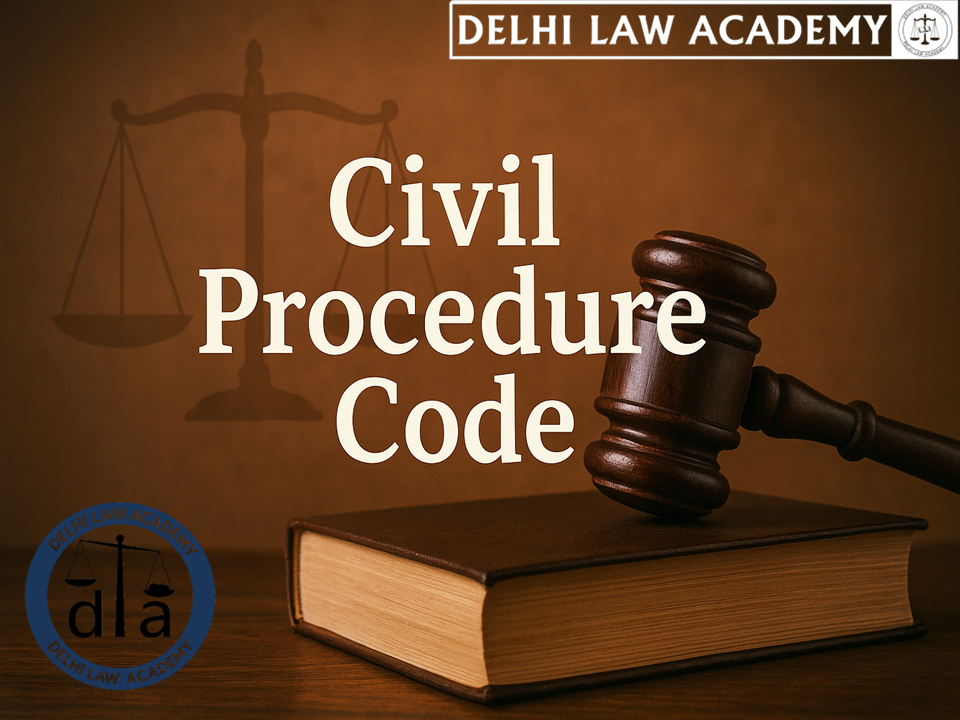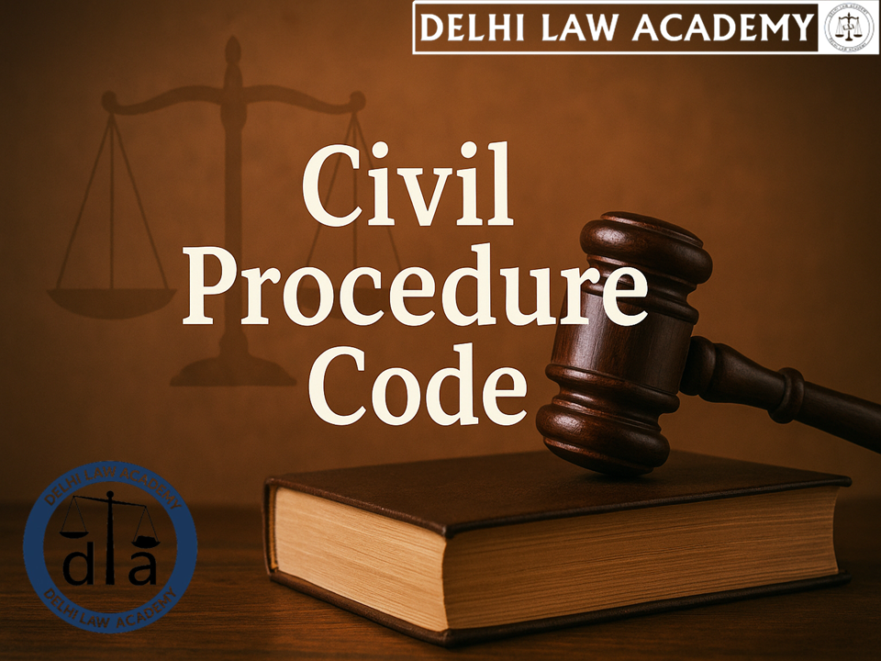
⚖️ Civil Procedure Code: Objections, Transfer & Institution of Suits
📌 Topics Covered
- Objections to jurisdiction
- Bar on suit
- Power to transfer suits
- To what Court application lies
- General power of transfer and withdrawal
- Power of Supreme Court to transfer suits
- Institution of suits
- Summons to defendants
📚 Supreme Court Judgments Considered
- Salem Advocates Bar Assn. v. Union of India [2005 SC]
- Salem Advocates Bar Assn. v. Union of India [2003 SC]
🔹 Objections to Jurisdiction
Section 21(1)
Section 21(2)
Section 21(3)
🚫 Bar on Suit
Section 21A
🔄 Power to Transfer Suits
Section 22
Section 23: To What Court Application Lies
- Subordinate to same Appellate Court → application u/s 22 made to Appellate Court.
- Subordinate to different Appellate Courts but same High Court → application made to High Court.
- Subordinate to different High Courts → application made to High Court where Court of suit is situate.
⚡ General Power of Transfer and Withdrawal
Section 24(1) & (2)
🏛️ Power of Supreme Court to Transfer Suits
Section 25(1), (3), (4), (5)
📝 Institution of Suits
Section 26(1) & (2)
📬 Summons to Defendants
Section 27
📚 Continue Your CPC Preparation
Don’t stop here! Strengthen your knowledge of the Civil Procedure Code with our other fully solved tests:
📘 Free Study Material for Judiciary Aspirants!
Download our FREE study material prepared by Delhi Law Academy’s expert faculty.
❓ Frequently Asked Questions: CPC – Objections & Transfer of Suits
Section 21 allows objections regarding place of suing, competence of Court, or executing Court to be raised only at the earliest opportunity in the Court of first instance; appellate/revisional courts will not entertain them unless there is a consequent failure of justice.
Under Section 21A, no suit shall lie to challenge a decree passed in a former suit between the same parties on the ground of objection to place of suing.
Section 22 allows a defendant, after notice to other parties, to apply for transfer of a suit instituted in one of multiple competent Courts, at the earliest opportunity or before issues are settled. The Court will determine the proper jurisdiction for the suit.
Per Section 23, if courts are subordinate to the same Appellate Court, application is made there. If subordinate to different Appellate Courts but the same High Court, application is to the High Court. If under different High Courts, application is made to the High Court where the Court of suit is situated.
Every suit must be instituted by presenting a plaint or as prescribed. Facts stated must be proved by affidavit (Section 26(2)), which is not evidence for trial but fixes responsibility for truth in pleadings. Fresh affidavit required on amendment.
Section 27 mandates that summons must be issued within 30 days from institution of suit. Correct addresses and process fee must be filed to ensure timely issuance and compliance.
Contact us
📍 Delhi Law Academy – Jaipur Branch
6C, Tower 2, Coaching Hub, Pratap Nagar, Jaipur – 302033
📞 Phone:
+91 9911916552
+91 8447285606
✉️ Email:
contactus@delhilawacademy.com

